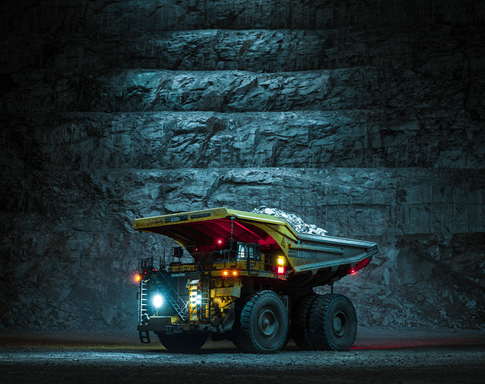Located deep in the Northern Territories of Canada, the Gahcho Kué diamond mine is located in harsh, unfriendly terrain. The mine, discovered in 1995, is connected to the outside world by a 120km ice road, passable only in winter. The nearest town is Yellowknife, 280km away. Construction of the mine took twenty-one years and cost more than $1 billion. But, based on scientific reports pointing to a lucrative potential to produce CAD$10 billion worth of output over the course of its life, many investors were eager to back the giant diamond mine near the Arctic circle. One of those was…
Cancel at any time. Are you already a member? Log in here.
Want to read the full story?
Unlock this article – and everything else on The Currency – with an annual membership and receive a free Samsonite Upscape suitcase, retailing at €235, delivered to your door.

